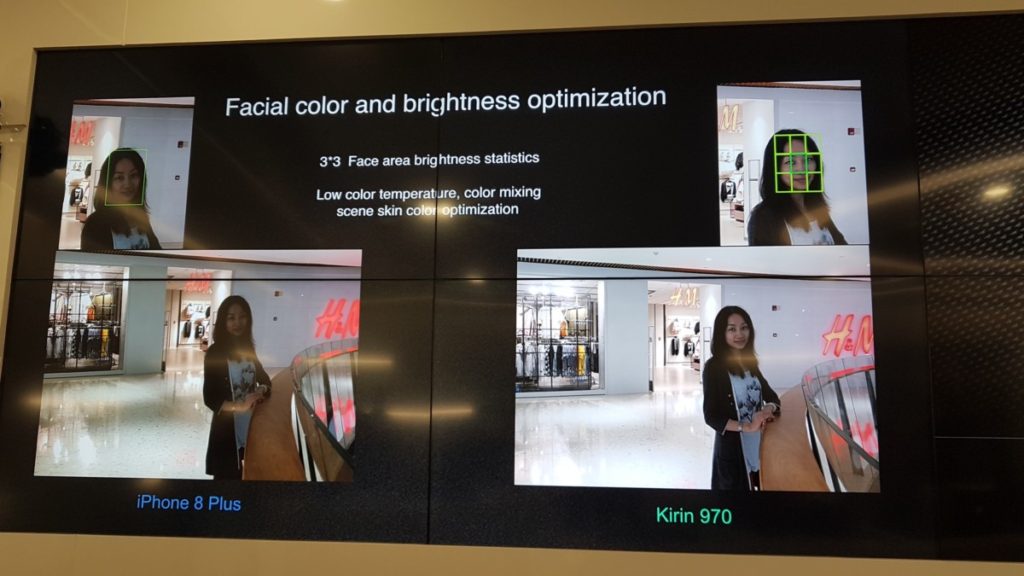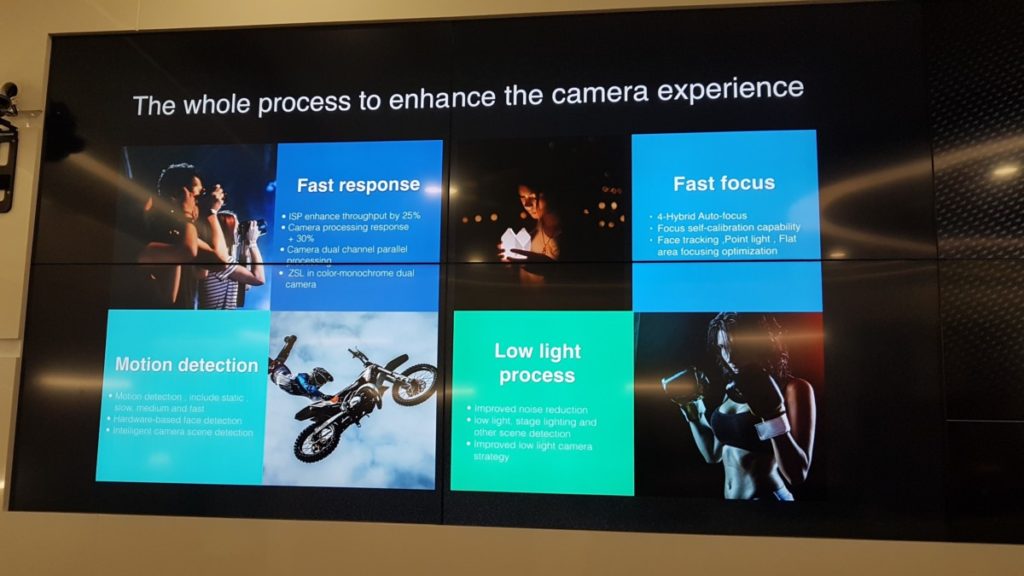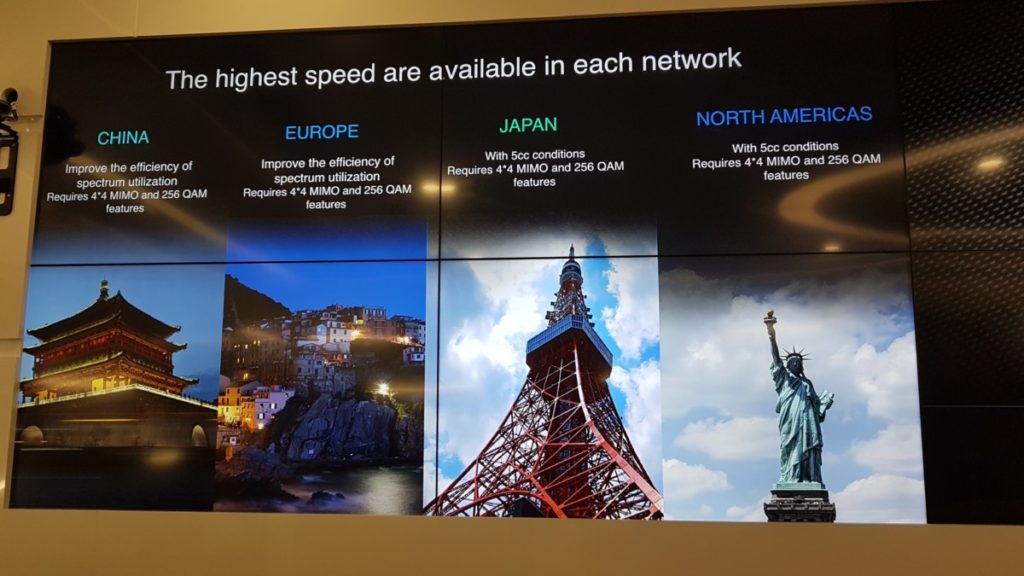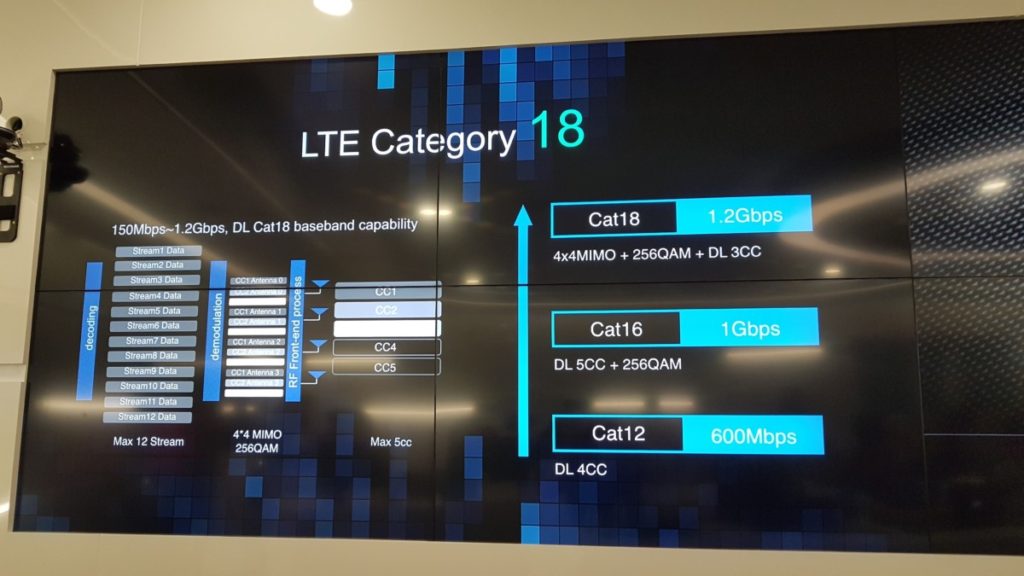
Huawei’s new Kirin 970 processor will integrate artificial intelligence and more
Huawei’s next mobile chipset the Kirin 970 that will power their upcoming flagship phone the Mate 10 aims to top the competition as Huawei claims that it is the world’s first mobile chip to integrate artificial intelligence. Built from the ground up to power Huawei’s next generation of phones, the chip aims to offer four major benefits – fast connectivity, fast computing, a superior audiovisual experience and enhanced battery life.
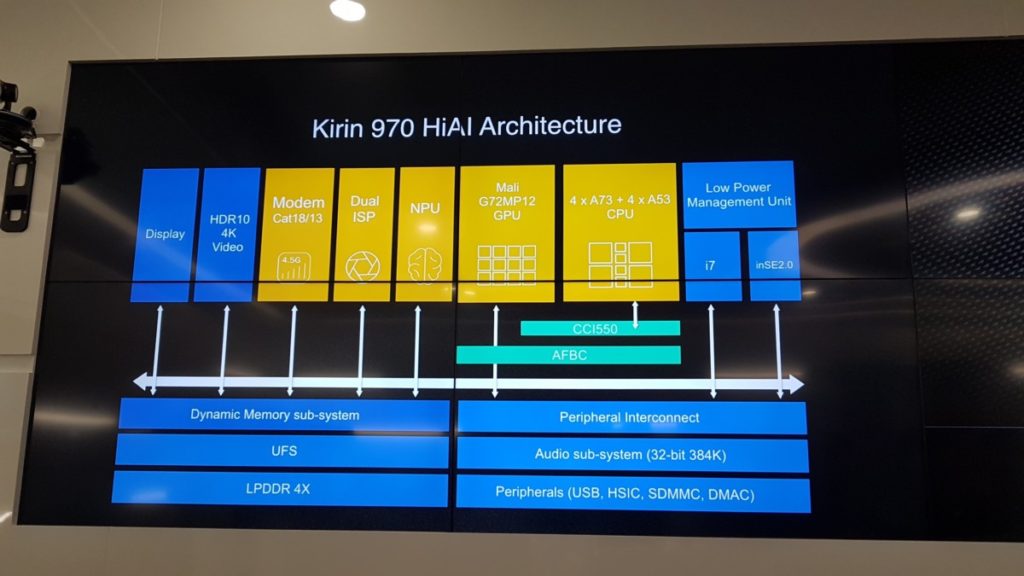
The Kirin 970 is built on the new 10nm FinFET process and comes with an octacore processor that integrates a quartet of A73 cores and a quartet of A53 cores, a 12-core Mali G72MP12 GPU and Huawei’s new dedicated neutral processing unit (NPU) that enables it to power AI-based tasks such as image recognition or optimising phone performance. On paper, the Kirin 970 has 25x the AI processing performance of the CPU crammed into half the size while offering 1/50 the power drain, allowing for significant gains in performance and efficiency.
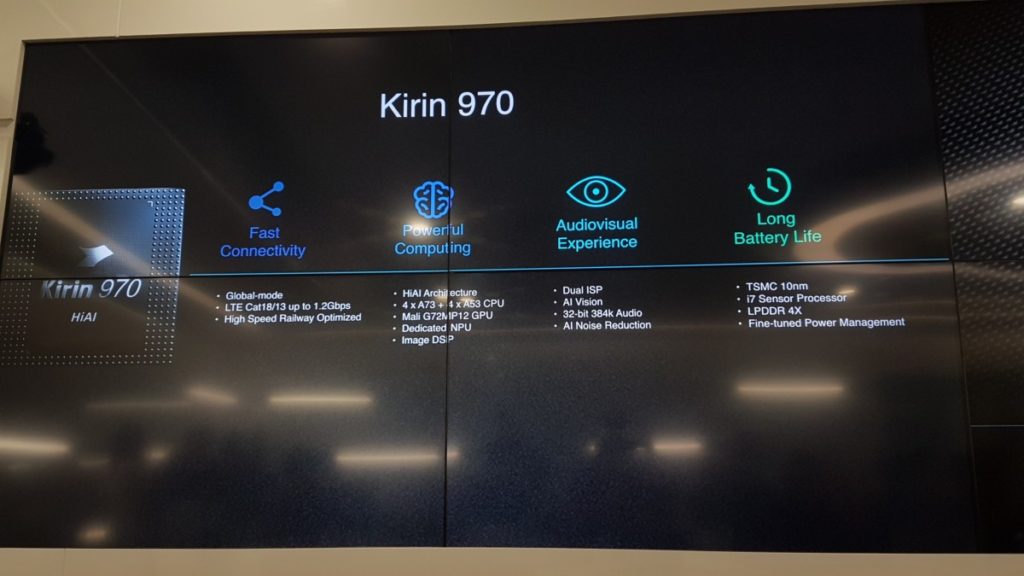
The most tangible benefit for the Kirin 970 chip and its integrated NPU is an enhanced imaging experience via its cameras as the enhanced pixel crunching power allows for a number of benefits. On paper, the chip will offer a 30% enhanced camera processing response, enhanced ISP throughput by 25%, better motion, face and scene detection , improved low light performance and enhanced focusing and face tracking too.
In terms of fast connectivity, the Kirin 970 chip tackles the challenges of offering the fastest speeds possible on the disparate networks worldwide by enhancing the efficiency of spectrum utilisation, allowing for the fastest speeds possible on each network at up to 1.2Gbps via 12 download streams. Essentially, it uses more download streams to get stuff faster.
In a demonstration with a testbed phone running the Kirin 970 chip along with a captive Galaxy S8 Plus of unknown provenance, Huawei demonstrated that the Kirin 970 processor is 21x faster than the S8. Both testbeds were unavailable for up-close inspection though the proclaimed visual results look impressive. Huawei also demonstrated the ability of the AI in terms of image recognition by showing it recognising various food objects and then estimating its caloric content which was a novel implementation of the chip’s NPU.
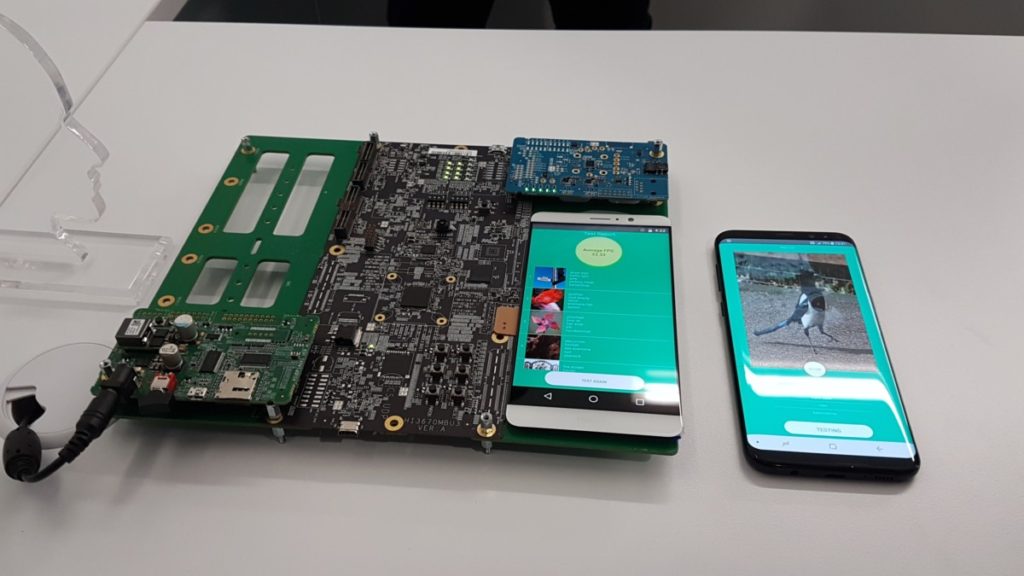
The AI also has the tangible benefit of improving audio quality in phone calls by using its neural network to reduce background noise. An example shown was how the AI scrubbed the usual background noise from a car to improve the voice recognition rate from 80% to 92%. Another tangible benefit of the NPU is that it offers 32-bit @ 384K lossless music playback though this feature was not demonstrated. The chip is slated to power Huawei’s next flagship, the upcoming Mate 10 along with other phones down the line.
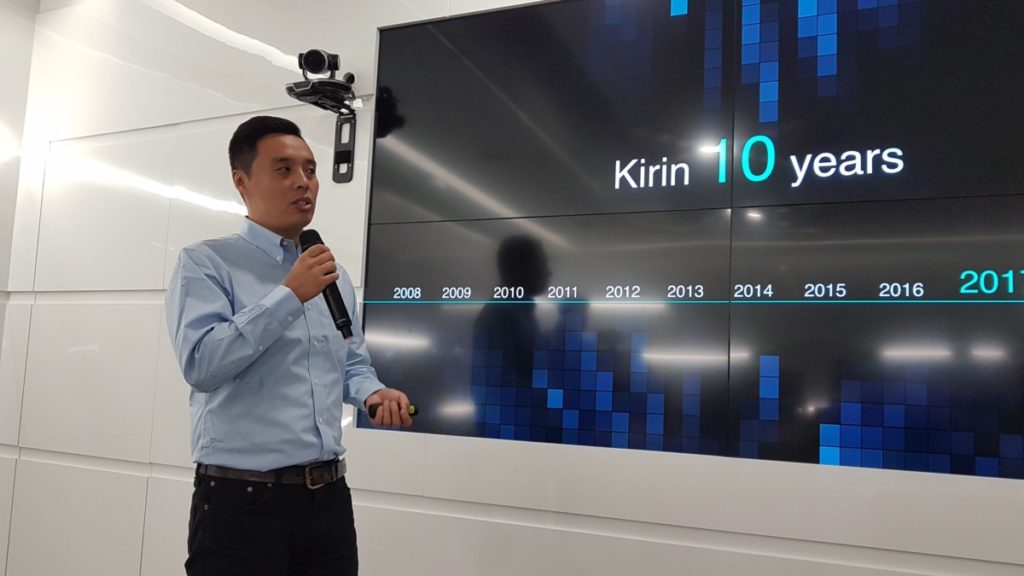
Eric Chou, Product Marketing Director of Huawei’s Wireless Terminal Chipset Division sharing more about the Kirin 970’s capabilities

